Table of contents
General considerations about bipolar disorder
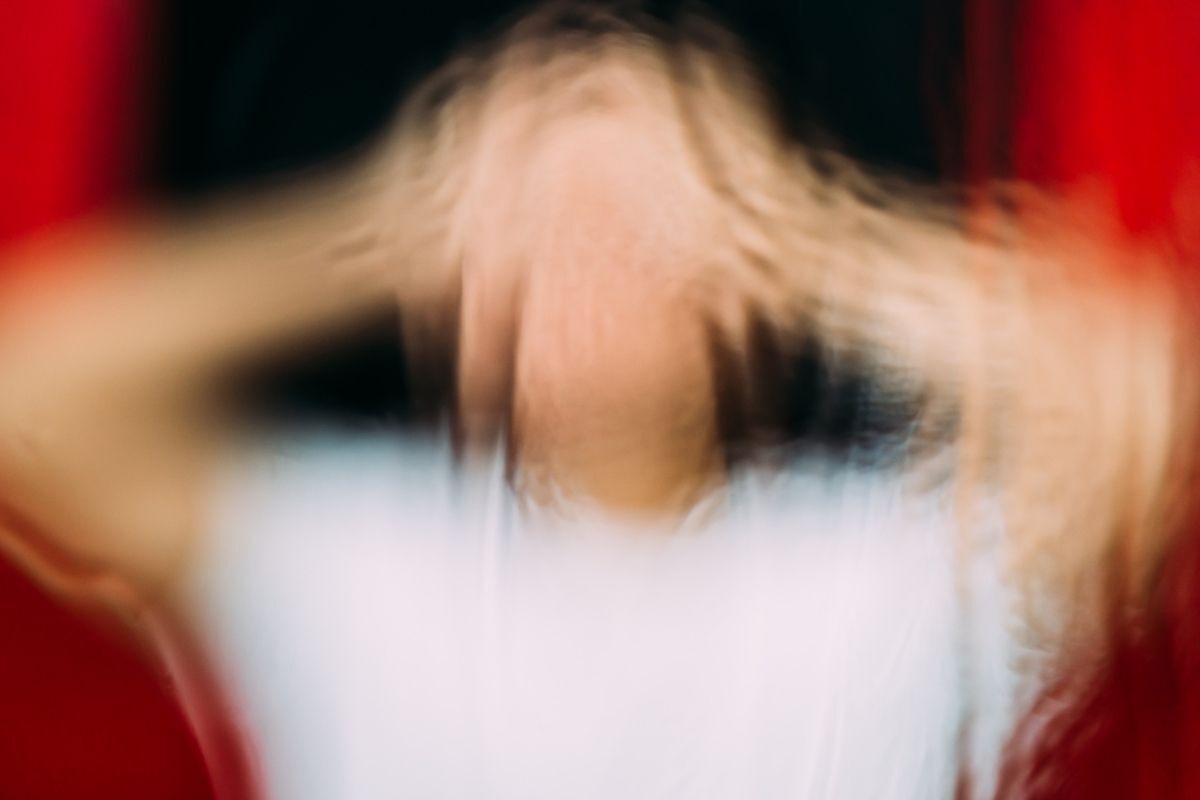
Bipolar disorder is characterized by alternation between depression and mania. Its crises can vary in frequency, duration and intensity. Thus, it is a highly complex psychological disorder, since the alternation can happen suddenly, both from depression to mania and to asymptomatic periods.
It is possible to state that this disorder can affect both men and women. It is most common in people between the ages of 15 and 25, but it can also appear in children and older people.
Throughout the article, some details about characteristics, symptoms and forms of treatment of bipolar disorder will be commented. To know more about it, keep reading!
Understand bipolar disorder and its main symptoms
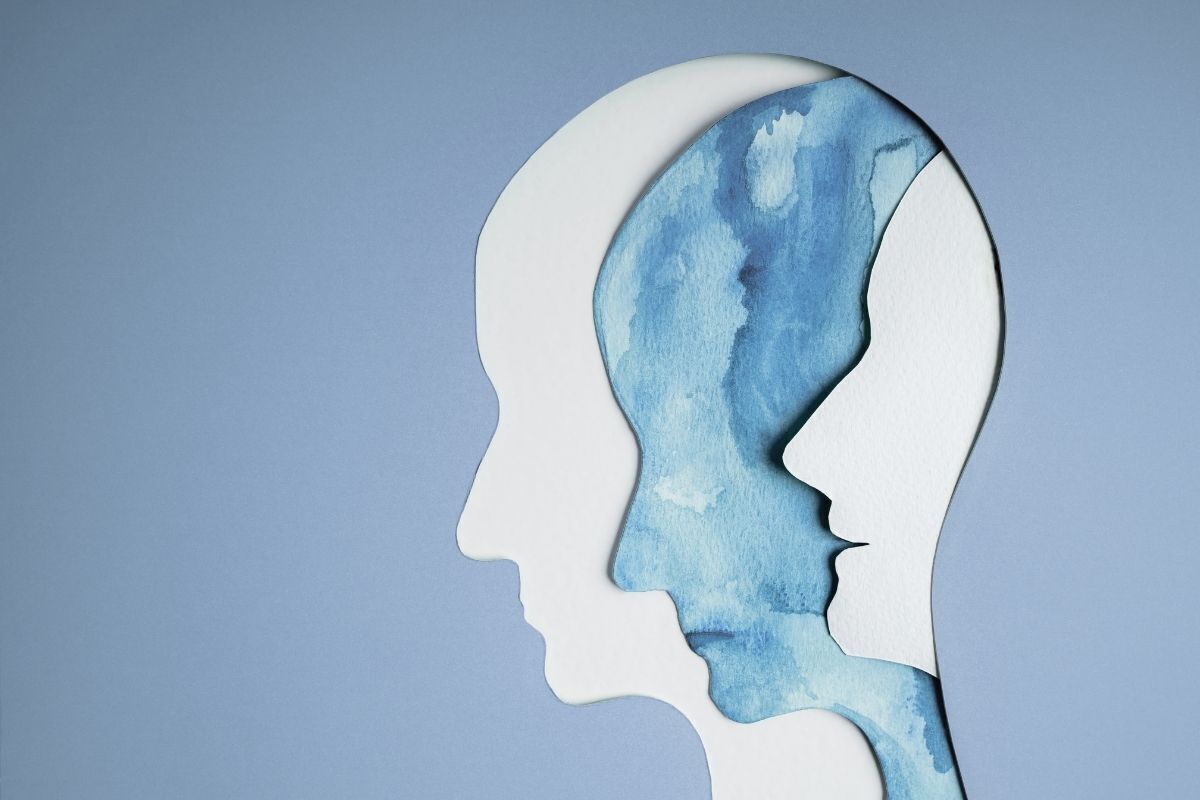
Characterized by periods of mania and depression, bipolar disorder has distinct traits in these two moments and it is important to know them to identify the symptoms of the disorder. In addition, it is also important to know a little about the risk factors linked to the disorder. See more about this in the next section of the article!
What is bipolar disorder?
Bipolar disorder or bipolar affective disorder is a complex psychiatric disorder. It is characterized by alternating episodes of depression and mania. Sometimes this can happen suddenly, but there can also be asymptomatic periods.
In general, the crises vary in intensity, ranging from mild to severe. In addition, their frequency and duration are not fixed. It is worth mentioning that the disorder can appear in both men and women, and it is more common to appear in people whose ages range from 15 to 25 years.
The characteristics of depressive episodes
During depressive episodes associated with bipolar disorder, people usually avoid socializing situations. Thus, they prefer to remain isolated from socializing with others and feel more withdrawn. In addition, another point that makes this period more recognizable is the lack of care with personal hygiene and the surrounding environment.
It is worth mentioning that the lack of will to perform activities, deep sadness, and insensitivity to events around them are also characteristics of depression episodes associated with the disorder. Another point worth mentioning is pessimism, which can lead to suicidal ideation.
The characteristics of manic episodes
Instability is the main characteristic of manic episodes linked to bipolar disorder. It is a very difficult phase in terms of maintaining functionality and being able to perform your daily activities. This happens because mania decreases the need for sleep, for example.
Besides that, it also contributes for bipolar people to become more prone to expose themselves to risky behaviors. Another characteristic of this phase is the tendency to compulsion, either of food nature or in the form of addiction. This type of episode can last for weeks or months.
The transition from mania to depression
The transition between mania and depression is a moment of great instability in personal relationships. This characteristic is also manifested in the mood of bipolar people, who become very sad or very happy in short intervals of time.
Although many people may think that this is common to all human beings, actually, when talking about bipolar disorder, the oscillation is much more abrupt and occurs between the two described mood strata, something that influences the patients' disposition to live.
The structure and functioning of the brain
According to some studies conducted with people diagnosed with bipolar disorder, the brain of patients with this disorder can be differentiated from the brains of other people thanks to its structure and way of functioning. Thus, it is possible to find deficits in the frontal and temporal regions of the brain.
These parts are responsible for controlling inhibition and emotions of people. Therefore, people who have a history of psychosis end up showing deficits in the brain's gray matter. On the other hand, those who receive proper treatment end up losing less mass.
The risk factors of bipolar disorder
Bipolar disorder is accompanied by some psychotic symptoms, causing patients to be trapped in thoughts capable of bringing risk to their lives. Therefore, episodes of mania that have this characteristic lead patients to expose themselves to a series of dangers that threaten their integrity.
In addition, it is possible that the compulsion leads people to create a series of debts. Another characteristic is excessive sexual activity, which can end up leading to diseases. In depressive episodes, on the other hand, there is the risk of interrupting basic care, such as food and hygiene. In more severe cases, suicidal ideation can manifest.
The symptoms of bipolar disorder
There are three types of bipolar disorder, and the symptoms of the disorder may vary due to this. In the first type, the patient has episodes of mania with psychotic symptoms, showing disconnectedness from reality. The second type, in turn, is characterized by more moderate episodes of mania, and these do not generate major changes in the lives of patients.
Finally, the third type is the one in which manic episodes appear due to some type of medication. Among those mentioned, type 1 is considered the most severe due to psychotic symptoms, which can also appear during depressive periods.
The types of bipolarity
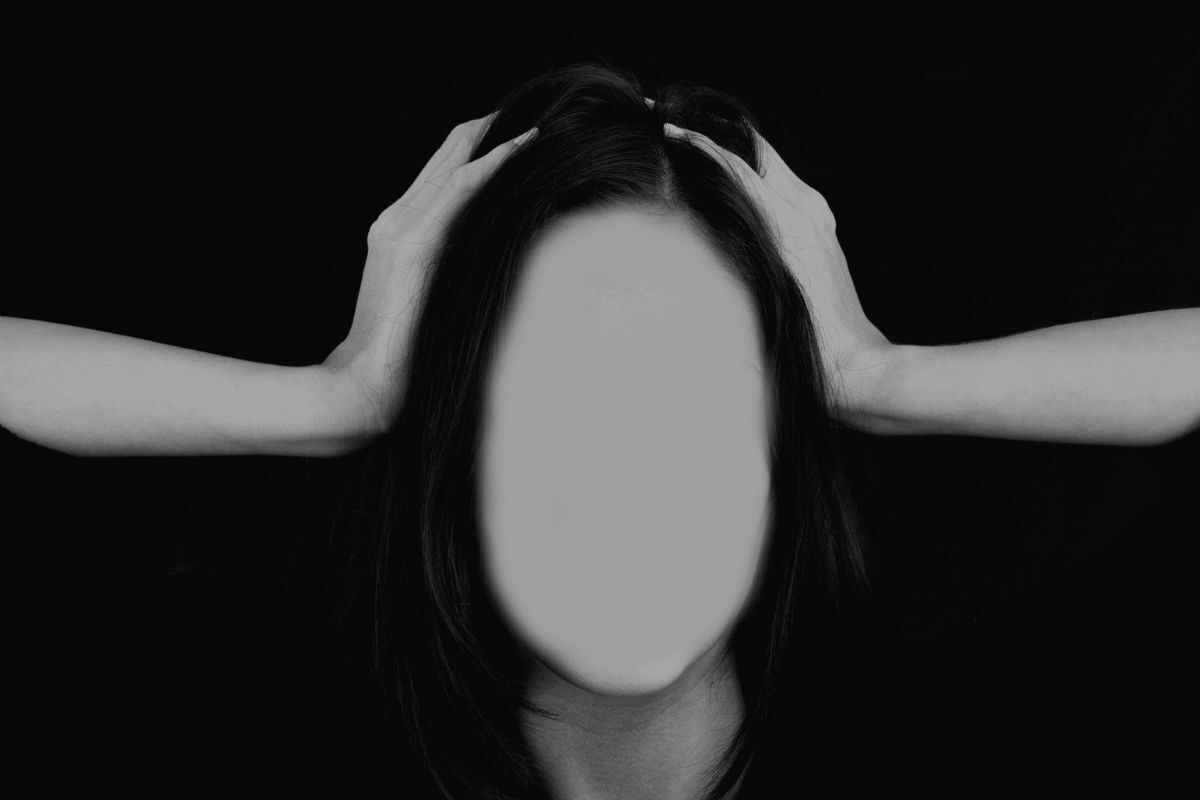
Psychiatry considers that there is only one bipolar affective disorder, but it is subdivided into three types whose characteristics vary between episodes of mania, depression and a mixed state. Thus, it is important to know more about these types to understand bipolar disorder in a more comprehensive way. See below!
Type I
The carriers of bipolar disorder type I have episodes of mania with a minimum duration of seven days. Subsequently, they have phases of depressed mood that can last two weeks or persist for several months. In both phases, the symptoms of the disease are felt with intensity and cause drastic behavioral changes.
Therefore, affective and social relationships may be compromised. In addition, due to the episodes of psychosis, the condition can be severe to the point of requiring hospitalization. This requirement is also linked to the risk of suicide linked to this type of bipolar disorder.
Type II
When talking about type II bipolar disorder, it is possible to state that there is an alternation between manic and depressive episodes. Besides that, hypomania is present in this version of the disorder. It can be defined as a milder version of mania, which leads people to a state of optimism and excitement, but can also awaken their aggressiveness.
It is possible to affirm that this type of bipolar disorder brings less damage to the relationships of the carrier than the type I. In general, people can conduct their activities, although with difficulty.
Mixed or unspecified disorder
The mixed or unspecified disorder is quite difficult to characterize. The symptoms presented by patients suggest bipolar disorder, but at the same time, they are not numerous enough for the diagnosis to be closed.
This insufficiency is linked to both the number and duration of manic and depressive episodes. Thus, the disease could not be categorized into either type, which led to the creation of this mixed or unspecified classification to cover these cases.
Cyclothymic disorder
The cyclothymic disorder can be defined with the mildest bipolar disorder. Thus, its main characteristic are the mood swings, which are chronic and can happen even along the same day. Besides that, it is possible that the patient presents symptoms of hypomania and mild depression.
Therefore, the diagnosis of the cyclomitic disorder can be quite complicated, since these characteristics are seen as part of the temperament of the patient, who is considered an unstable and irresponsible person by those around him.
The main causes of bipolar disorder

Until the present moment, medicine has not been able to determine an exact cause for bipolar disorder. However, it is already known that there are some genetic and biological factors that are linked to its appearance.
In addition, brain-chemical and hormonal imbalances play a role in this issue. See more about these and other possible causes of bipolar disorder in the next section of the article!
Genetic and biological factors
According to some studies, there is a genetic component in the appearance of bipolar disorder. Thus, people who have family members with a history of the disorder may eventually manifest it. This happens mainly with those who have the predominance of BDNF, DAOA, CACNA1C, ANK3 and TPH1/2 genes.
When talking about biological factors, it is possible to highlight that there are studies indicating that patients with bipolar disorder have brains whose structures are different from the rest of the people. However, it is still necessary to go deeper into this area for more conclusive details.
Brain-chemical or hormonal imbalance
The brain-chemical imbalances linked to bipolar disorder are directly related to neurotransmitters, which are chemical messengers released by neurons in order to carry information to the receptor cells.
When they undergo some kind of change, they can cause the mood swings associated with bipolar disorder. In addition, hormonal changes can also trigger bipolar disorder.
In the case of women, there are associations between the level of estrogen and BDNF and this disorder. Another hormone associated with bipolar disorder is adiponectin, which helps regulate glucose and lipid metabolism and presents low levels in patients diagnosed with the disorder.
Environmental factors
There are a number of environmental factors that can cause bipolar disorder. Among them, it is possible to highlight episodes of mental abuse and stress. In addition, moments of mourning or traumatic events are also associated with the emergence of the dysfunction.
According to the studies, in general, people with genetic predisposition may not have visible symptoms of bipolar disorder until they are exposed to some environmental factor of this nature. Then, once this happens, the trauma generates a severe imbalance in mood.
Dangers of bipolar disorder and its diagnosis
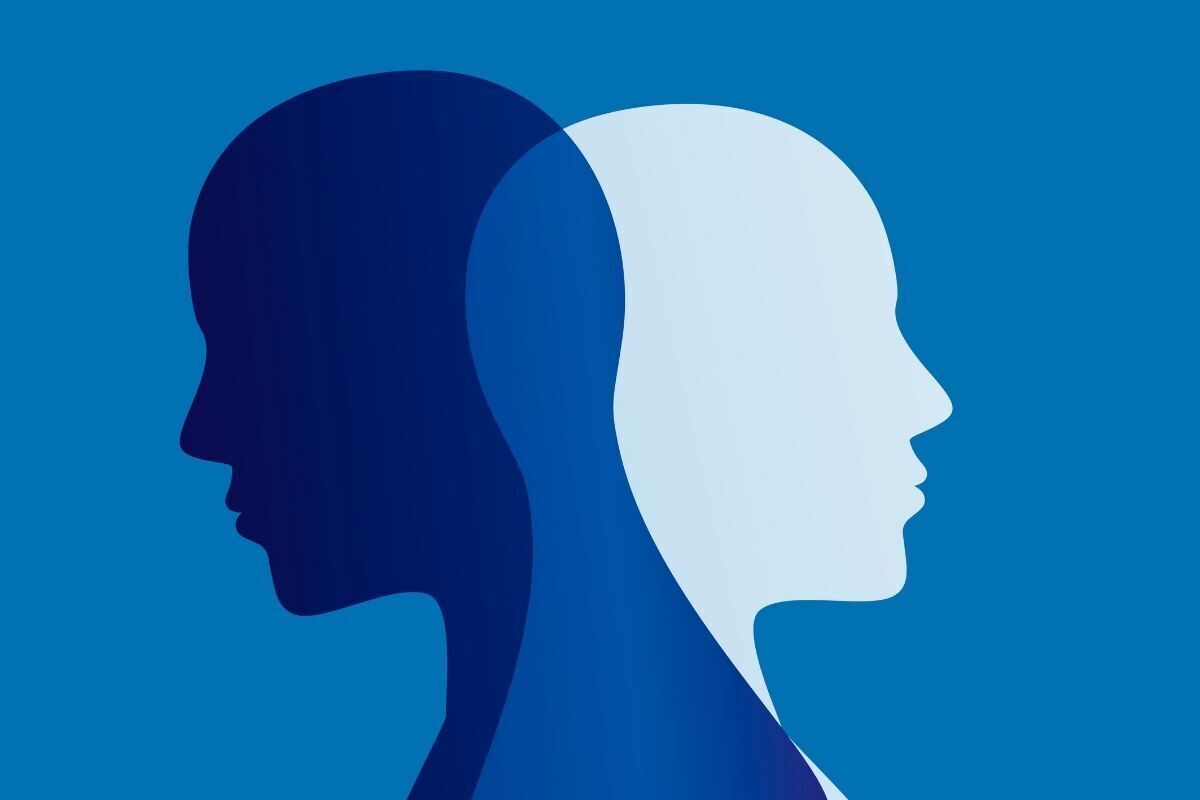
The bipolar disorder has some risk factors, but it is possible to have a normal life with the proper treatment. For this, it is necessary to get a diagnosis with a psychiatrist and seek other forms of support, such as psychotherapy. See more about these issues below!
How to tell if a person has bipolar disorder?
Only a psychiatrist can make a diagnosis of bipolar disorder, as this requires a good anamnesis and a detailed medical history of the patient. In addition, a careful psychiatric examination is also necessary to be able to identify bipolar disorder.
Lab tests can also help in this sense, especially when talking about blood and image tests. In the case of lay people, it is possible to identify the most evident symptoms of the disorder, such as mood swings, and seek a doctor to close the correct diagnosis.
How is the diagnosis made?
The diagnosis of bipolar disorder is made clinically, i.e. by a psychiatrist. The doctor in question is based on the patient's history survey and his account of the symptoms presented by him.
However, it is a long process, and the signs can be confused with other psychiatric disorders, such as depression and panic syndrome. Thus, it is recommended that professionals establish the differential diagnosis before adopting any type of therapeutic measure to the patient.
Is bipolar disorder curable?
Bipolar disorder has no cure. However, it can be controlled with the right treatment. This includes the use of medications, psychotherapy and some lifestyle changes. Thus, patients need to stop using psychoactive substances such as alcohol, amphetamines and caffeine.
In addition, it is also necessary to try to develop some healthier habits, such as a more regulated diet and a good sleep routine. Thus, you can minimize the stressful moments that can trigger episodes of the disorder.
The prescription of medications, in turn, depends on the severity of the condition. In general, mood stabilizers, antipsychotics, anxiolytics, anticonvulsants, and neuroepileptics are used.
How to help me facing the diagnosis of bipolar disorder?
If you are diagnosed with bipolar disorder and are looking for ways to help yourself, the first step is to see a doctor and start the treatment indicated by him. In addition, you must be aware that recovery is a slow and complex process.
So, try to talk to your doctor openly about how you feel and don't stop the prescribed medication. Establish a healthy routine and make sure you get enough sleep. Another key point is to learn to identify your mood swings.
How to help another person diagnosed with bipolar disorder?
If a friend or relative has been diagnosed with bipolar disorder and you are looking for ways to help them, try to be present and patient with the moment they are going through. Try to encourage them to talk about how they feel and listen carefully.
Besides that, the understanding with mood swings is fundamental, since they are not something the bipolar person controls. Try to include this person in fun activities and remember that the treatment is long and complex. Even the patient may not find something that works immediately.
Is it possible to live a normal life?
It is possible to state that the treatment of bipolar disorder is usually long. Once the identification phase and diagnosis are concluded, it is necessary to start medication, which demands some adjustments so that the patient's mood is stabilized without side effects.
Thus, the priority of treatment is the absence of depressive episodes, which ensures that people will not walk into manic episodes. Once a stable picture is reached, it is possible to live a normal life, as long as treatment is not interrupted without proper monitoring.
How are friends and family affected?
Caring for a person who suffers from bipolar disorder can be stressful for family members and friends, so they must be careful not to let themselves be affected by what is happening to a loved one. Therefore, it is important that those who care for a bipolar person also seek psychological assistance.
Another aspect that can help a lot is to look for groups of people who are also caregivers of patients with bipolar disorder for support. Support is fundamental for family and friends to be able to help those who suffer with bipolar disorder.
What are the dangers of bipolar disorder?
The main dangers of bipolar disorder are associated with its psychotic symptoms. When these manifest, people tend to make decisions that can put their integrity at risk, especially during their manic episodes. In this scenario, exposure to danger is something quite common.
On the other hand, during depressive episodes, personal care goes through a decline. Soon, it is common for patients to stop eating, put aside their personal hygiene and become vulnerable to a series of infections caused by these two factors. In more serious situations, suicide attempts may occur.
The treatment

There are some possibilities of treatment for bipolar disorder. They must be indicated by the physician and followed to the letter by the patients so that they can stabilize the condition and live a normal life. Below, more details about it will be commented!
Psychotherapy
Psychotherapy should be combined with the use of medication for effective treatment of bipolar disorder. This is because it can provide the necessary support for the patient, as well as educate and guide them to better cope with the health condition.
In addition, it is recommended that family members of people with bipolar disorder, especially those responsible for the care of the patient during his crises, also seek psychotherapy as a way to obtain relief from stress and better understand what happens to their loved one.
Medicines
There are different types of medications that can be used to control the symptoms of bipolar disorder. Thus, there are people who may need several different medications before finding the ones that work best to control the disorder.
In general, mood stabilizers, antipsychotics and antidepressants are used in the treatment. It is worth mentioning that all these drugs must be properly prescribed by a psychiatrist and taken according to this doctor's guidelines.
It is also important to understand that there are risks and benefits to all types of medication and that any side effects need to be reported so that the psychiatrist can make adjustments or modify the medication.
Monitoring
Even if a bipolar person is receiving the appropriate treatment, this does not prevent mood swings. Therefore, daily monitoring is necessary. Thus, patient, physician and psychologist need to work together and talk openly about their concerns and choices.
In addition, patients need to keep detailed records of their symptoms, such as mood swings, to be able to inform treatment professionals and enable them to monitor and treat the disorder in the best possible way.
Supplementation
It is possible to state that the research on the effects of natural supplementation for the treatment of bipolar disorder are still in their early stages. Thus, there is still no conclusive data on this issue, and it is important that supplements are used with medical advice.
This happens because their interaction with other medicines can generate unwanted effects and harm the treatment. In some cases, such effects can be dangerous for the patient. So, self-medication should be avoided, even if the products are natural.
If you get the diagnosis of bipolar disorder, do not hesitate to seek professional support!
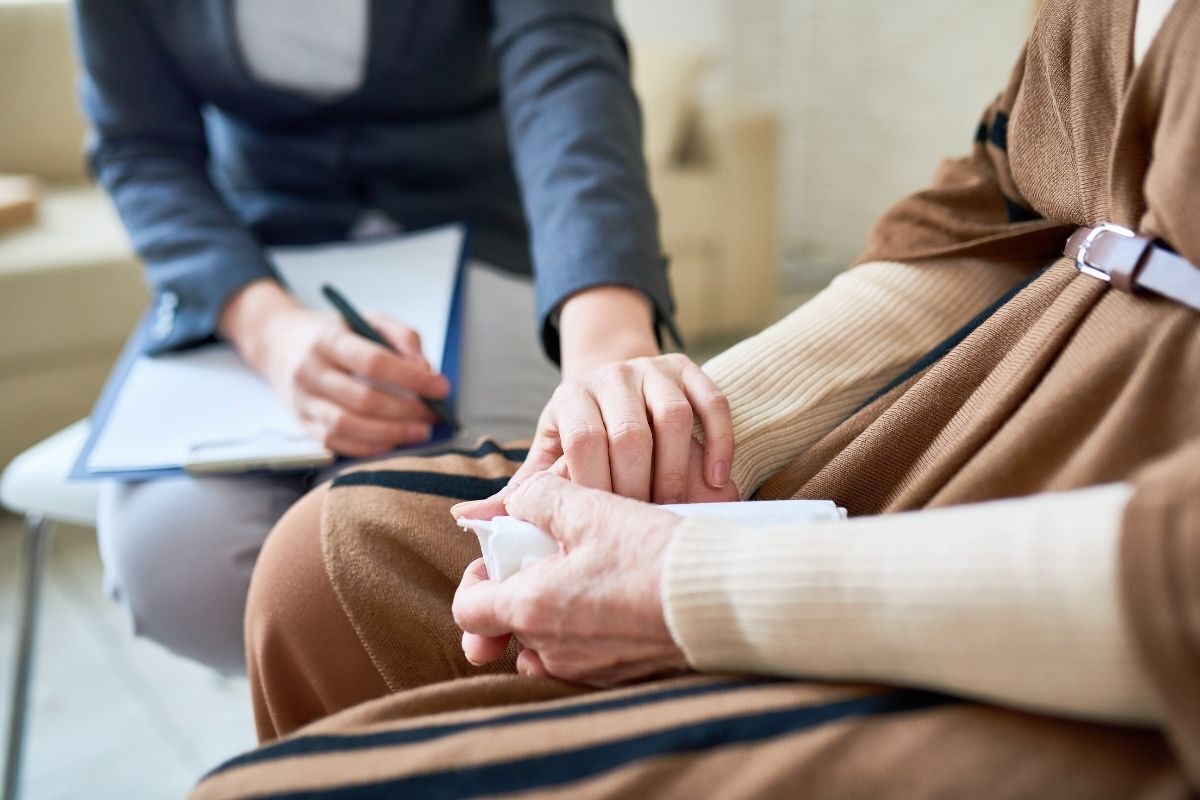
Professional support is essential for the treatment of bipolar disorder. So, people diagnosed with this disorder need to combine psychiatric help with psychotherapy.
During the sessions with the psychologist, it will be possible to elaborate more their thoughts and understand better the symptoms, facilitating the identification of mood swings. This can be fundamental to stabilize the clinical picture and guarantee a normal life to the bipolar person.
In addition, daily monitoring should be done by the patient. It is interesting that he tries to write down his feelings and thoughts and share them with the people responsible for the treatment. It is necessary that psychiatrist, psychotherapist and patient work together to keep the picture stable!

